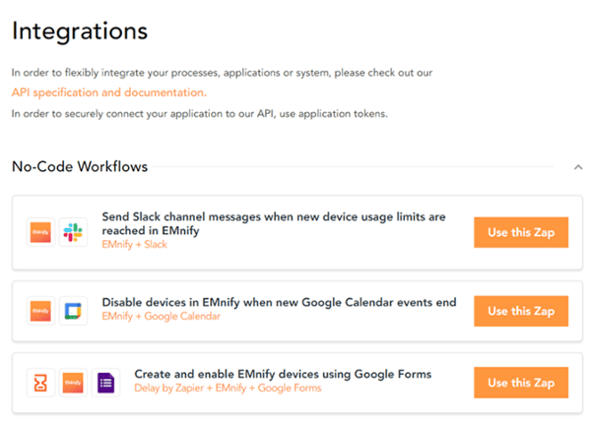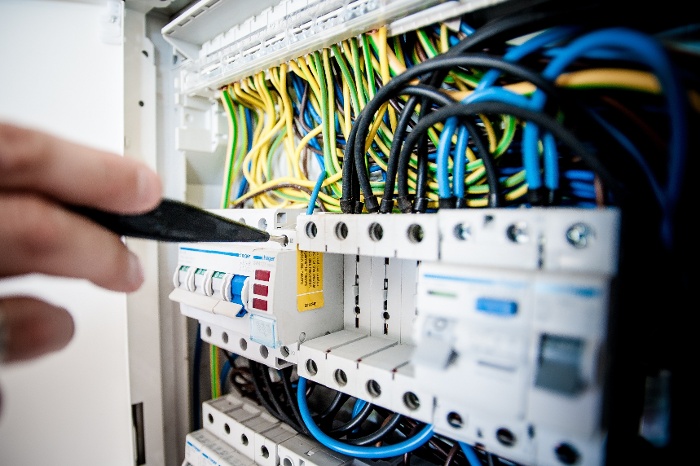

If you are a product manager, engineering manager, or system integrator building the next generation of smart machines that have optimal performance and lower total cost of ownership with predictive maintenance, you’re probably under immense pressure by your customers and competition to deliver cloud-based applications faster.
According to a recent survey of 4,000 enterprise IoT executives, “Among IoT leaders, 40% cited the pandemic as having a negative impact on business performance, compared with over half (51%) of IoT laggards.” IoT leaders have live IoT deployments and laggards are invested in IoT projects, but don’t have any live implementations yet. This data supports the fact that bringing IoT and predictive maintenance projects to market improves the resilience of firms’ business performance.
Naturally, you want to enable your customers to build resilient manufacturing businesses and you have the vision to ride the wave of predictive maintenance by launching smart machines ahead of other manufacturers in your industry. But before machines can send data to the cloud for machine learning algorithms to process it and enable predictive maintenance applications, machines need connectivity such as cellular to read diagnostic sensor data. This is where flexible integratifons like REST APIs and no-code options help.
The challenge: OEMs are strained for developer resources
Why do you need integrations for cellular connectivity in the first place? Integrations can empower OEMs and system integrators to overcome the widespread problem of limited developer resources necessary for building predictive maintenance solutions that utilize data communicated over-the-air.
Integrations and APIs are integral for new product launches – and have tangible benefits like enabling monetization, enhancing operational efficiency, and streamlining customer support. They are a great way to build applications on top of existing frameworks. Software that visualizes network data doesn't need to be coded from scratch, which helps with the prevention of delays and over-extensions of product development budgets. Decision makers require results and products must be delivered on time and on budget.
The two main types of integrations
This is where flexible integrations can help accelerate product development regardless of their existing developer resources
Type 1: REST APIs for firms with developer resources
For firms with dedicated developer teams, a REST API integration can streamline software development and save precious developer hours building predictive maintenance applications from scratch. A cellular REST API enables you to integrate all connectivity management into your solution. In the context of connectivity, a predictive maintenance application must have available code and building blocks to gain data usage and connectivity status from your smart machines.
Type 2: No-code tools for firms with limited developer resources
Even for those companies with no developers and very little coding expertise or limited developer resources – no-code tools can help accelerate your predictive maintenance system’s time-to-market by avoiding the need to develop an API from scratch. We will explore these integration options and discuss how you can accelerate your time-to-market with cellular IoT platform integrations. Besides accelerating an OEM’s predictive maintenance application’s time to market – there are a few other tangible benefits of prebuilt integrations.
The art of the possible - what can you do with prebuilt integrations?
The three main benefits of using prebuilt integrations are opening new revenue streams, streamlining customer support, and enhancing operational efficiency:
- Enable Monetization
Product managers at OEMs are often called the “CEO of the product” and for a good reason. They are responsible for monetizing technology and making a profitable business by creating new products and related services. Cellular IoT platforms that offer REST APIs can track data usage and automate billing, opening new recurring business opportunities for firms wanting to offer their customers a software-as-a-service or subscription-based service. - Enhance Operational Efficiency
Another huge benefit of APIs is automation. A cellular IoT platform with APIs enables machine OEMs and system integrators to activate thousands of machines in seconds. Bulk activation and configuration can save manufacturers time and accelerate the time-to-value of predictive maintenance. Eventually you will need to decommission machines, but the overall boost in operational efficiency pays large dividends for OT engineers throughout the machine lifecycle. - Streamline Customer Support
Integrations such as emnify’s data streamer and cloud integrations like AWS and Azure can also share machine diagnostic data with your cloud application in real-time, making it easier to troubleshoot and resolve connectivity issues from within your application. You can also empower your customers to resolve issues natively in your product by embedding data like an audit log of network events from a cellular IoT platform into your cloud application.
Integrations sound like a great idea for companies with developer resources – but what about companies that don’t have as many developers available to help?
Limited developer resources? No problem. No code is the way to go.

No-code integrations like Zapier work with cellular IoT platform’s like emnify to empower firms with fewer resources to automate their cellular network management. For example:
- A machine operator could automate a rule so that when a machine reaches a certain cellular data usage threshold, they are sent a Slack message.
- A system integrator can activate thousands of machines’ SIM cards remotely at once or schedule a configuration update for a batch of SIM cards.
- An OEM can set up an automated rule so that when equipment goes offline, a field technician will get notified via SMS or email.
- Customer billing can be automated with no-code tools to reduce the load on your accounting or finance department.
The possibilities for automating processes with no-code tools are endless. And the best part is that no-code platforms empower you to overcome the developer resource bottlenecks or absence of developers within your organization.
In summary, adopt a cellular IoT platform with comprehensive integrations
To recap what we discussed, flexible integrations like no-coding tools and REST APIs can enable product managers and system integrators to bring predictive maintenance applications to market faster and with fewer resources. In addition, OEMs can open new revenue streams, streamline support, and improve the overall efficiency of their teams with automation achieved by integrations. Integrations do this by avoiding the need to build APIs to collect cellular data from scratch. To request a free consultation on emnify’s flexible API and no-code integrations, click here.
About emnify
From reliable connectivity and secure remote access to machines to powerful APIs, automated cloud integration and advanced security features, emnify provides you with all the tools you need to deploy and operate your smart machines for predictive maintenance anywhere and at any scale.
Learn more about how we can help your predictive maintenance application or contact our cellular IoT expert to book a free consultation today.
Get in touch with our IoT experts
Discover how emnify can help you grow your business and talk to one of our IoT consultants today!

Nathan Schlaffer
More than 7 years of experience translating hi-tech connectivity and SaaS products for Internet of Things into simple and compelling use cases across a broad range of vertical markets from manufacturing to transportation to oil and gas.



